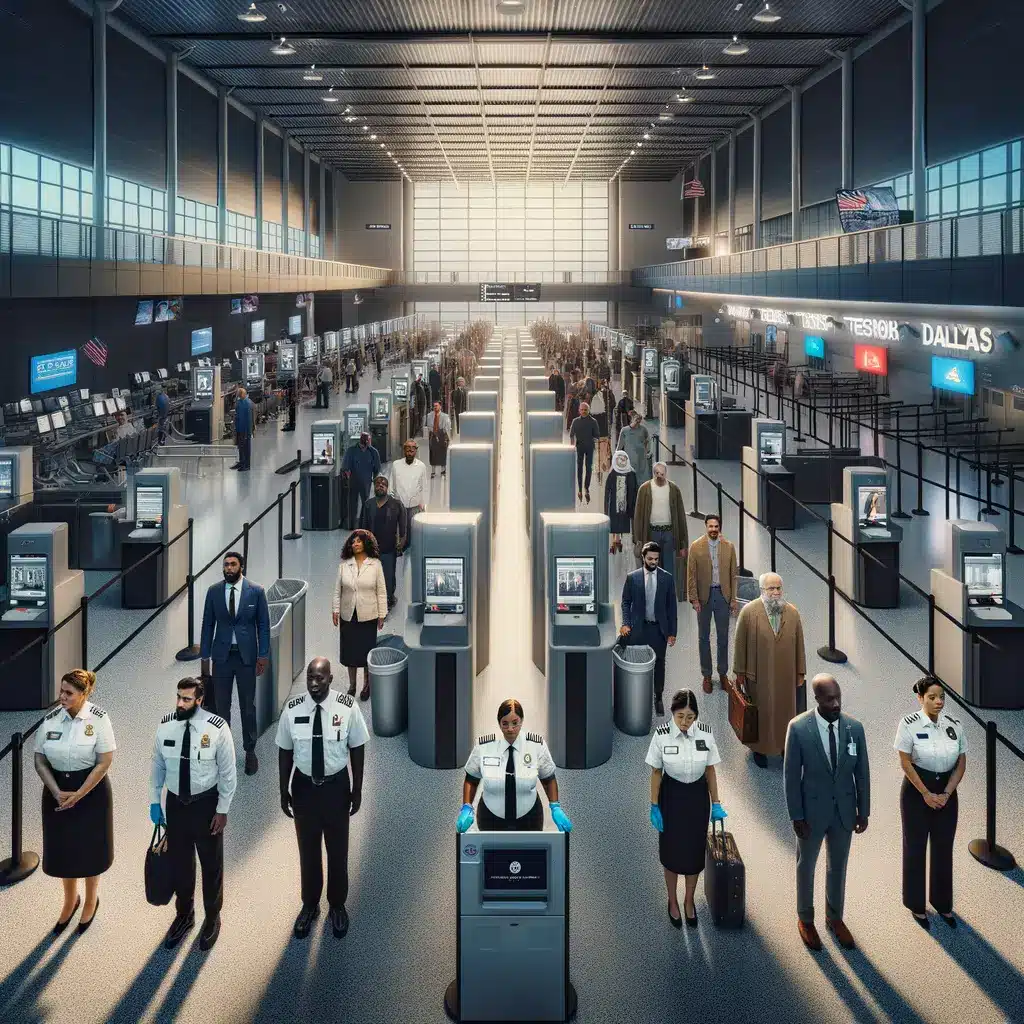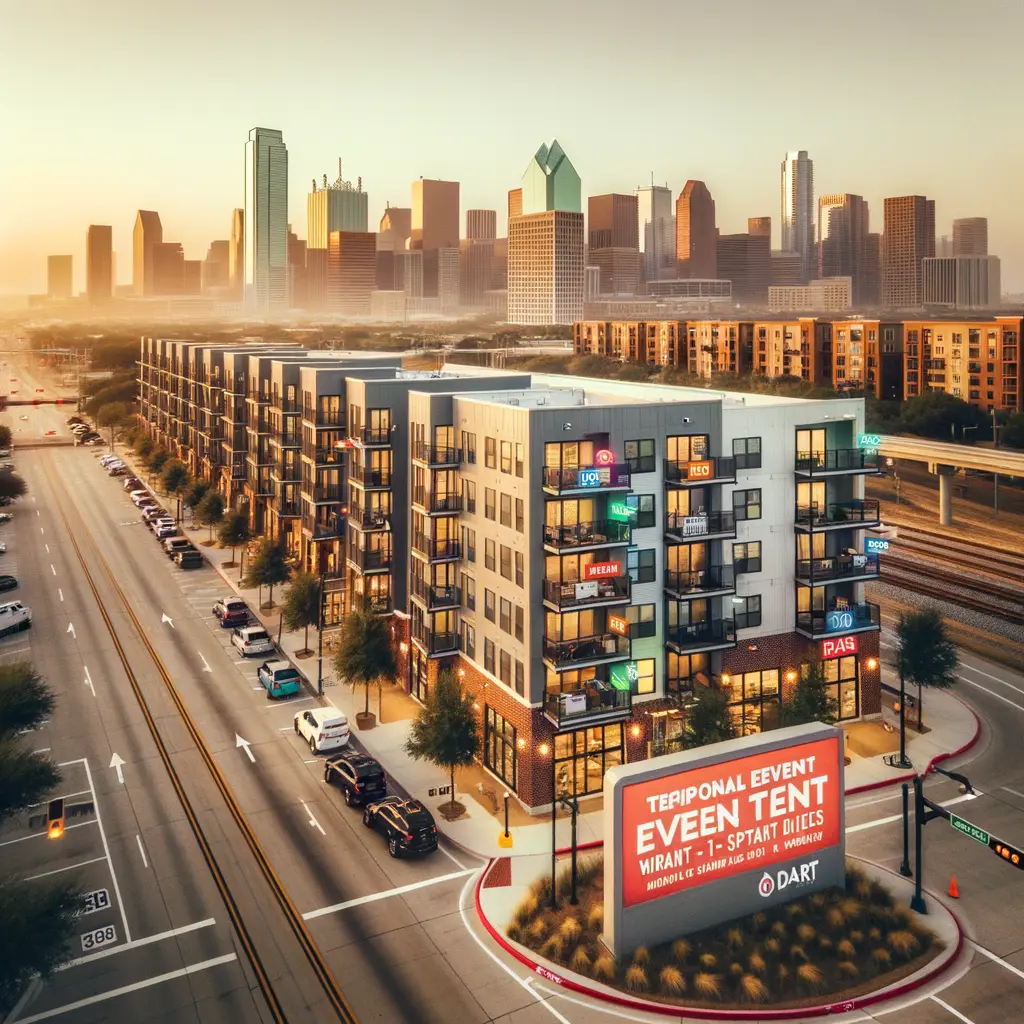Why the 2026 World Cup Economic Impact Matters for Dallas-Fort Worth
In less than three years the world’s biggest sporting event will put Dallas-Fort Worth on a global stage, and local leaders—including Representative Marc Veasey—are already asking hard questions about the 2026 World Cup economic impact.
Hosting FIFA matches is more than a 90-minute spectacle. Past tournaments show that visitor spending, media exposure and infrastructure investment can translate into billions of dollars in new activity if cities prepare early. For North Texas, that preparation must start now: from securing hotel capacity to creating marketing campaigns that convince first-time visitors to come back after the final whistle.
The 2026 World Cup economic impact also extends to small- and medium-sized enterprises (SMEs). Independent restaurants in Deep Ellum, craft-beer taprooms in Fort Worth and tour operators in Frisco all stand to benefit from the surge in foot traffic. When these businesses thrive, so do local tax receipts that fund schools, parks and public safety.
This article breaks down how Dallas World Cup 2026 matches can move the needle on jobs, wages and long-term brand visibility. We will use lessons from previous tournaments, examine DFW international travel capacity and outline action steps that city officials and entrepreneurs can take today. By the end, you will understand not only the scale of opportunity but also how to seize it.

Lessons From Past Mega-Events: Tourism and Small-Business Wins
To forecast the 2026 World Cup economic impact, it helps to look back at other mega-events. Germany’s 2006 tournament generated an estimated €3 billion in direct visitor spending, while Brazil 2014 welcomed 1 million international fans who injected US$3 billion into the economy. The common thread: spending didn’t just happen inside stadiums; it spilled into neighbourhood cafés, retail corridors and cultural attractions—exactly the type of tourism benefits mega events can deliver for Dallas-Fort Worth.
Key takeaways relevant to Dallas World Cup 2026 planning:
• Game clustering matters. Cities that scheduled multiple matches within a short window saw higher average hotel occupancy—helpful data for Arlington hoteliers planning rate strategies.
• Authentic local experiences trump generic packages. Visitors to South Africa 2010 who booked township tours reported higher satisfaction and were more likely to recommend return travel—an insight DFW food-tour operators can mimic.
• Digital readiness speeds SME growth. During Russia 2018, restaurants that optimized Google Business listings captured 24 % more walk-in traffic. North Texas SMEs should audit their online presence now.
The tourism benefits mega events produce often ripple for five to ten years when destinations capture email sign-ups, social media follows and press coverage. Dallas must create a post-event marketing funnel—something we explore in Section 6—to extend the 2026 World Cup economic impact well beyond the final match.

Dallas-Fort Worth’s Competitive Edge: DFW Airport, Connectivity & Hospitality
Representative Veasey highlighted a critical asset during the congressional hearing: Dallas-Fort Worth International Airport. As the world’s second-busiest hub, DFW handles more than 73 million passengers annually and offers nonstop service to 260 destinations. That connectivity makes the region a natural gateway for the FIFA World Cup tourism boost and positions local businesses to capture spending before fans disperse to other U.S. host cities.
DFW international travel capacity will be even more vital in 2026 when match schedules encourage fans to city-hop. With one-stop links to Buenos Aires, Tokyo and Madrid, the airport can funnel high-spending long-haul travelers directly into North Texas. To maximize the 2026 World Cup economic impact, stakeholders should:
1. Expand CBP staffing to keep immigration wait times under 30 minutes.
2. Pilot biometric boarding gates that cut departure lines by 25 %.
3. Integrate ground-transport apps so visitors can pre-book rides from terminals to hotels in Uptown or Fort Worth Stockyards.
Beyond the tarmac, the Metroplex boasts 110,000 hotel rooms, a robust light-rail network and world-class venues such as AT&T Stadium. Coordinated branding—“One Pass, Two Cities”—can encourage ticket holders to spend an extra day exploring museums in Fort Worth after watching a Dallas World Cup 2026 match.
(Video embed appears here in the WordPress post.)
Upgrading Infrastructure & Policy Before Kick-Off
Infrastructure—not stadiums alone—often determines whether a host city converts short-term buzz into sustained growth. In testimony, travel expert Tori Simon urged Congress to fund modernized technology in airports and to eliminate the proposed $250 visa integrity fee. Those recommendations align with research showing streamlined entry processes can lift the 2026 World Cup economic impact by as much as 8 %.
Priority investments for Dallas-Fort Worth include:
• Facial-recognition e-gates at DFW that reduce customs processing times by 45 %.
• 5G-enabled security checkpoints at Love Field to accommodate regional spill-over traffic.
• Dedicated “FIFA Fast-Track” lanes integrated with the Mobile Passport Control app—modeled after Atlanta’s innovation ahead of Super Bowl LIII.
On the policy side, Congress could pilot a temporary event visa valid for 90 days, similar to Germany’s Fan ID program, which cut bureaucratic friction and boosted average spend per visitor by €321. Removing entry barriers also supports SMEs in rural Texas towns along road-trip routes, reinforcing tourism benefits mega events can bring outside core metros.
Finally, coordination between TSA, CBP and local transit agencies should be codified in a single playbook—updated quarterly—so no stakeholder is left guessing. A well-oiled arrival experience pushes the 2026 World Cup economic impact beyond projections and leaves travelers eager to return.

Navigating Housing, Transport & Cost Pressures During the Cup
Large events can strain local housing stock, inflate ride-share prices and congest highways—threatening community goodwill. Marc Veasey flagged housing supply as a major concern; some fans may need to drive long distances if inventory is tight. To keep the 2026 World Cup economic impact positive for residents as well as visitors, Dallas-Fort Worth planners should adopt a three-pronged mitigation strategy:
1. Temporary Lodging Marketplace
• Partner with Airbnb and Vrbo to certify listings that meet safety standards, adding 20,000 beds without permanent construction.
2. Dynamic, Multimodal Transit
• Extend TRE rail service to 2:00 a.m. on match days and add rapid bus lanes from parking lots in Frisco, easing freeway congestion.
3. Price-Transparency Dashboard
• Publish average nightly rates and ride-share fares weekly, discouraging gouging and giving SMEs reliable demand forecasts.
Cities that host responsibly often see repeat visitation; Cape Town reported a 17 % increase in return travelers within three years of 2010. A proactive stance will similarly protect the Dallas World Cup 2026 brand and maintain community support—an essential ingredient for long-term tourism benefits mega events are expected to deliver.
For more strategies, review our article on managing accommodation during the College Football Playoff, which faced similar spikes in demand.

Turning the 2026 World Cup Economic Impact Into Lasting Prosperity
When the final whistle blows, the real work begins. Cities that capture data, contacts and goodwill during an event are the ones that benefit for decades. To lock in the 2026 World Cup economic impact, Dallas-Fort Worth stakeholders should launch a Post-Cup Growth Task Force charged with:
• Converting visitor emails into segmented marketing campaigns promoting return trips for the State Fair of Texas and the National Finals Rodeo.
• Packaging business-investment tours that showcase Opportunity Zones around Southern Dallas to international investors who first discovered the region during Dallas World Cup 2026 matches.
• Tracking KPI metrics—visitor spend, job creation, hotel-tax revenue—at six-month intervals through 2031 and adjusting strategy accordingly.
Local colleges can also build legacy programs. A proposed “World Sport Innovation Lab” at UT-Arlington could commercialize technology tested during the tournament, mirroring how Barcelona leveraged the 1992 Olympics to become a smart-city hub.
Finally, Brand USA reauthorization in 2027, advocated during the congressional hearing, will keep America top-of-mind worldwide. By aligning federal promotion with regional storytelling, Dallas-Fort Worth can extend the FIFA World Cup tourism boost and reinforce its status as a year-round gateway.
In short, the 2026 World Cup economic impact is not a one-off windfall but a launchpad. With strategic follow-through, the Metroplex can score goals—jobs, innovation and cultural exchange—that last far beyond 2026.







